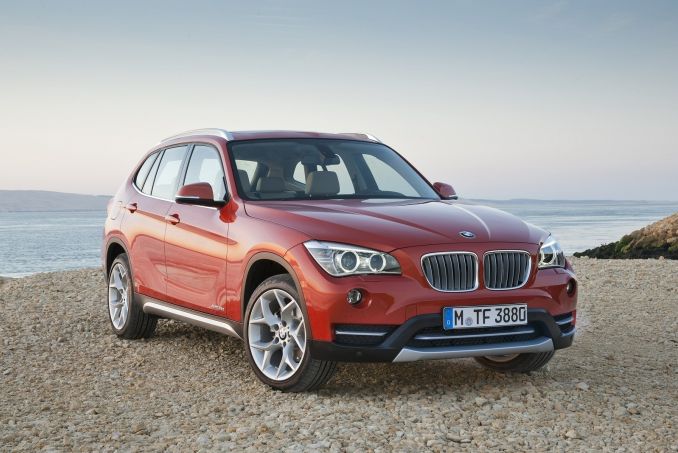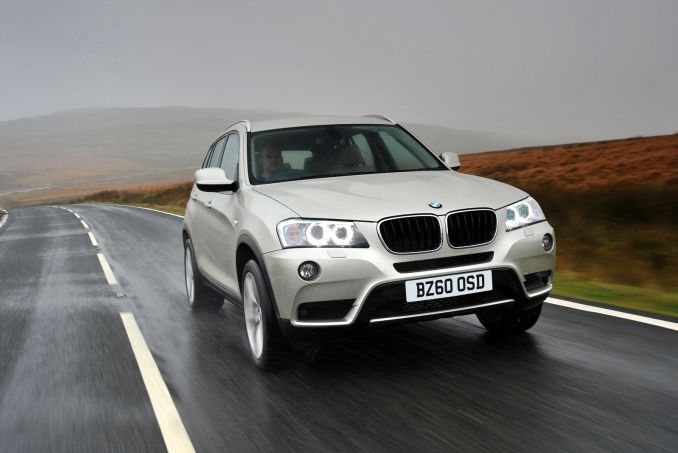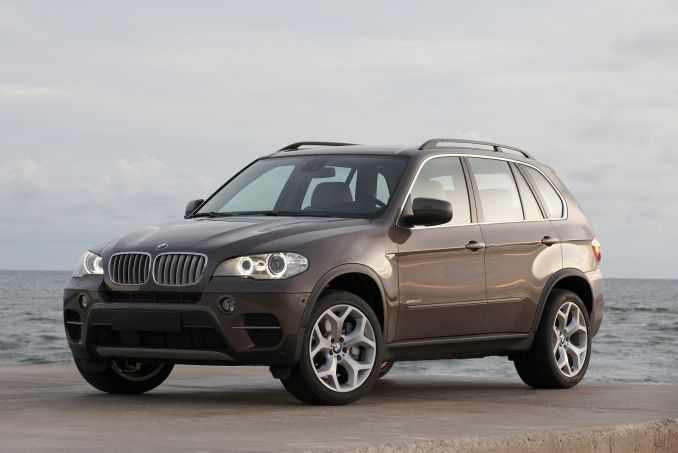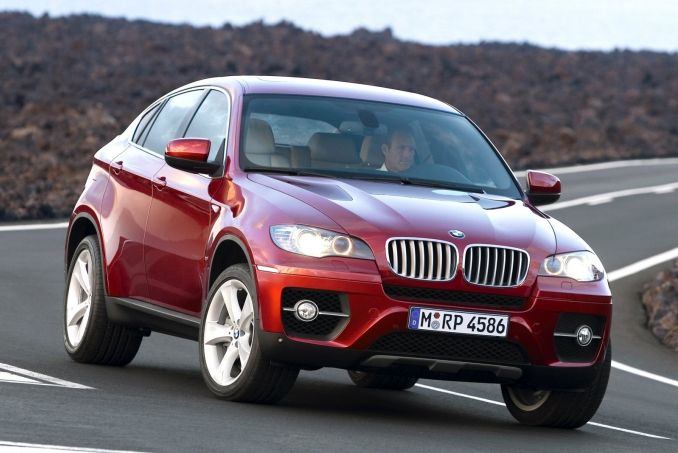
The BMW X series consists of a wide range of premium SUVs, most of which come into the 4WD crossover category.BMW has been operating in this market for a long time, with the original variation of the X5 car coming out in 1999. However as the demand for crossovers has picked up BMW has been able to gobble up a great deal of the market share in vehicle leasing. When it comes to the crossover market consumers are likely looking for either a cheap entry level model or a premium luxury model. With their experience, brand presence and quality output BMW are perfectly placed to have a strong offering for the luxury end of the market.
There are 5 main lines within the overall X-series production; these are the X1, X3, X4, X5 and x6. Below is some key information about each vehicle to help give an idea of what BMW are offering across the series.
BMW X1

The purpose of the X1 is to act as a rival to small crossover cars on the market such as the Volkswagen Tiguan or Audi Q3. It’s one of the smallest (most car like) crossovers on the market giving a little bit more ground clearance and some extra space as well.
With 2.0 litre engines being the standard across the board (in both diesel and petrol versions) the BMW X1is able to produce from 116bhp to 215bhp depending on which variant you choose between the 16d and 25d models. Overall it’s a solid drive but not top of the line as you might expect.
The consensus on the interior is that it’s modest but comfortable, so just what you’d expect from and entry level BMW. The problem some may have is that crossovers from BMW are supposed to be premium cars so this ‘adequate’ interior may not be enough.
Tax costs across all variations – VED band C to H (£30-200 annually)
BMW X3

A far more established model of SUV the X3 has been marketed by BMW since 2003. When we compare this to the relatively new launch date of the X1 in 2009 this is a veteran! Slightly larger and more of a traditional mid-sized car the X3 is built on the chassis of the BMW 3 series car. This gives it a good mid-point between the handling of a car and the space of an SUV.
Like the X1 the X3 is also powered by 2.0 litre engines at the entry level range but also has 3.0 litre engines available as you move up in price. The horse power ranges from 141bhp up to 309bhp between the 18d and 35d models.
There’s a noticeable jump in improvement in terms of the quality of the interior and fittings when you step into the X3. The drive is exactly as you would expect balancing the dynamics of a car with the sturdiness of a 4×4 well. There have been some grumbles about engine noise, but it’s still a lot quieter than any full sized 4x4s you would find on the market.
Tax costs across all variations – VED band E to G (£125-175 annually)
BMW X4

A much newer entrant to the market the X4 is not yet fully released yet, but is due to be released later this year in front of the next generation of the X6. The X4 is essentially a mid-point between the X3 and X5 models and has a coupe roofline. It is a little bit bigger but essentially the choice is one of style.
It is known that the X4 will be a 4 wheel drive car but detailed specifics about the engine capacity and performance have not yet been released. With a sportier appeal and more of an adventurous looks BMW might opt for something focused on rough terrain driving. However until the full release specifications are published we’ll not know.
BMW X5

Much bigger in size the X5 gets a lot closer to the traditional SUV that has been on the market for a while. It has a nice look to it, plenty of cabin space and the structure of the car gives good ground clearance without being overbearing. This is the most established vehicle in the X series having been in production since 1999 and now in its 3rd generation.
In terms of engine size and performance across all petrol and diesel models you get anything from 218bhp to 450bhp. There are several variations going from the 25d up to the 50i and so you’ve got a lot of choice in this area. There’s a lot of positive feedback about the ride and handling of the X5 confirming that BMW have managed to keep a car-like feel in a larger vehicle. After years of testing and multiple generations released the X5 is really at the top of its game and a real contender.
Like with the rest of the car the interior fittings and furnishings are top of the line and carry the BMW hallmark of quality. The interior of the X5 is spacious, practical and easy to adjust for comfort. There’s not too much more that you can ask for as BMW has managed to deliver everything you’d need quite succinctly and simply.
Tax costs across all variations – VED band J to M (£260-490 annually)
BMW X6 & X6M

Similar to the X4 the X6 is a slight variation on the model below it in the series. In this case we have a vehicle based on the core build of the X5 but with a coupe roofline and slightly different body shape. The X6 has been in production since 2008 making it a fairly established vehicle. The next generation is due for release shortly after the new X4 is brought to market and should make a good addition to their ever strengthening portfolio.
The mechanics behind the X6 as expected are fairly powerful, even at entry level you’re getting a 3.0 litre engine outputting 241bhp. If you move up to the X6M you can expect to see an astounding 547bhp so this is a range that really pushes some power if you go all the way to the top. However despite the big stature you can actually achieve relatively decent fuel economy from the models in the X6 series. This is due to a lean body and lightweight design which also allows the car to handle well.
Similar to the X5 the actual design and fittings in the cabin are quality and comfortable. Although you don’t get the same sense of space as you do in the X5 due to the coupe roofline. Overall you’re trading a nimbler performance over fuller internal space when deciding between the X6 and X5 models.
Tax costs across all variations – VED band J to M (£260-490 annually)
This entry was posted in Vehicle News/Review on by Marc Murphy
Categories : Vehicle News/Review